A new artificially intelligent ‘Ramanujan Machine’ can generate hundreds of new mathematical conjectures, which might lead to new math proofs and theorems.


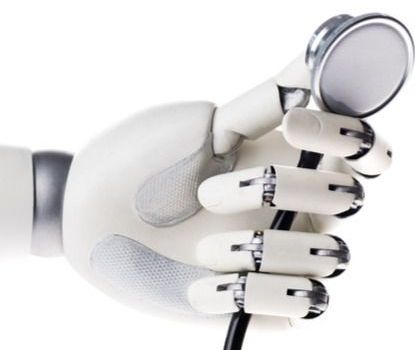
It’s 2050 and you’re due for your monthly physical exam. Times have changed, so you no longer have to endure an orifices check, a needle in your vein, and a week of waiting for your blood test results. Instead, the nurse welcomes you with, “The doctor will sniff you now,” and takes you into an airtight chamber wired up to a massive computer. As you rest, the volatile molecules you exhale or emit from your body and skin slowly drift into the complex artificial intelligence apparatus, colloquially known as Deep Nose. Behind the scene, Deep Nose’s massive electronic brain starts crunching through the molecules, comparing them to its enormous olfactory database. Once it’s got a noseful, the AI matches your odors to the medical conditions that cause them and generates a printout of your health. Your human doctor goes over the results with you and plans your treatment or adjusts your meds.



TBILISI, Feb 10 (Thomson Reuters Foundation) — In a move that will give chills to fans of the dystopian movie “The Matrix”, scientists have developed a wearable device that could use the human body to replace batteries.
Echoing world-domineering robots’ use of enslaved humans in the 1999 cyberpunk movie, U.S. researchers at the University of Colorado Boulder have created an environmentally-friendly gadget that harvests body heat and converts it into energy.
Tech-lovers could power their own watches or fitness trackers by wearing a stretchy ring or bracelet containing thermoelectric chips that convert heat into electrical energy, according to research published in the journal Science Advances.
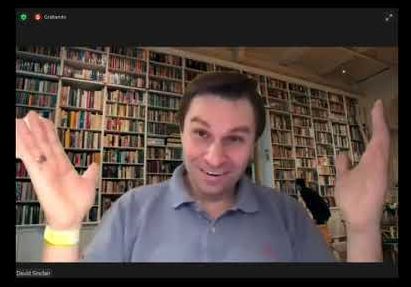
Excellent hand and hand conversation between David Sinclair and Bracken Darrell. David is an expert in longevity and life extension, and Bracken is an experienced successful businessman, CEO of multinational Logitech.
The encounter took place on February 92021, during an online scientific symposium organized by the American Federation of Aging Research (AFAR).
The Symposium was launched under the following theme: “The Future is Now: Innovations in AI and Big Data for Healthspan and Longevity and it was a tribute to global geroscience visionary Sami Sagol.
If you’re familiar with the longevity field very likely you know who David Sinclair is, but for those who haven’t heard of Bracken Darrell before, he is an experienced and successful businessman, CEO of the Multinational Logitech.
Well known longevity leader Nir Barzilai acted as presenter and moderator of the conversation.

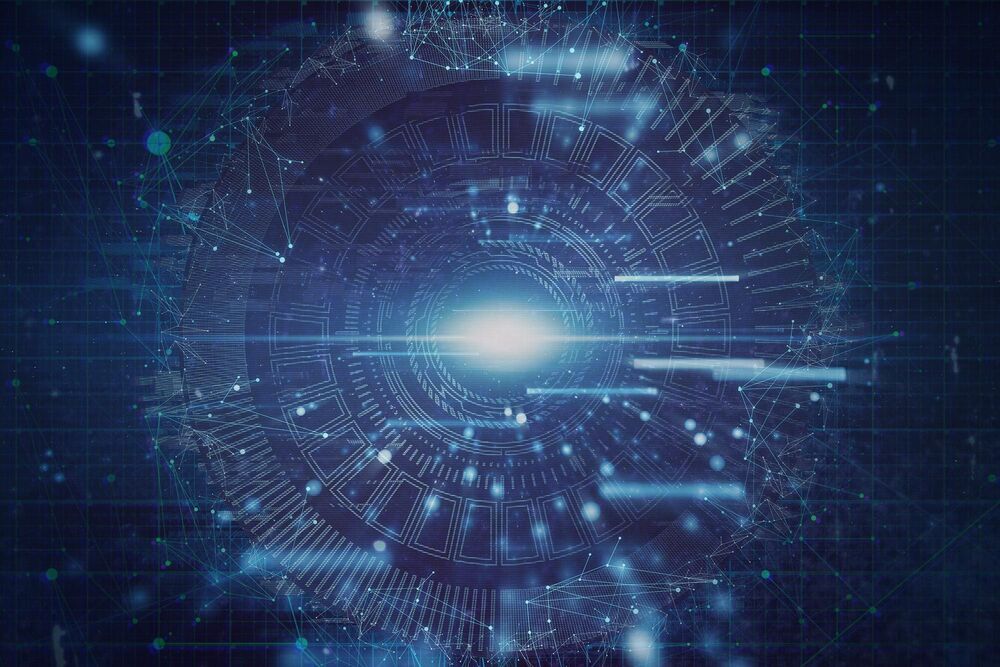
A novel computer algorithm, or set of rules, that accurately predicts the orbits of planets in the solar system could be adapted to better predict and control the behavior of the plasma that fuels fusion facilities designed to harvest on Earth the fusion energy that powers the sun and stars.
The algorithm, devised by a scientist at the U.S. Department of Energy’s (DOE) Princeton Plasma Physics Laboratory (PPPL), applies machine learning, the form of artificial intelligence (AI) that learns from experience, to develop the predictions. “Usually in physics, you make observations, create a theory based on those observations, and then use that theory to predict new observations,” said PPPL physicist Hong Qin, author of a paper detailing the concept in Scientific Reports. “What I’m doing is replacing this process with a type of black box that can produce accurate predictions without using a traditional theory or law.”
Qin (pronounced Chin) created a computer program into which he fed data from past observations of the orbits of Mercury, Venus, Earth, Mars, Jupiter, and the dwarf planet Ceres. This program, along with an additional program known as a “serving algorithm,” then made accurate predictions of the orbits of other planets in the solar system without using Newton’s laws of motion and gravitation. “Essentially, I bypassed all the fundamental ingredients of physics. I go directly from data to data,” Qin said. “There is no law of physics in the middle.”
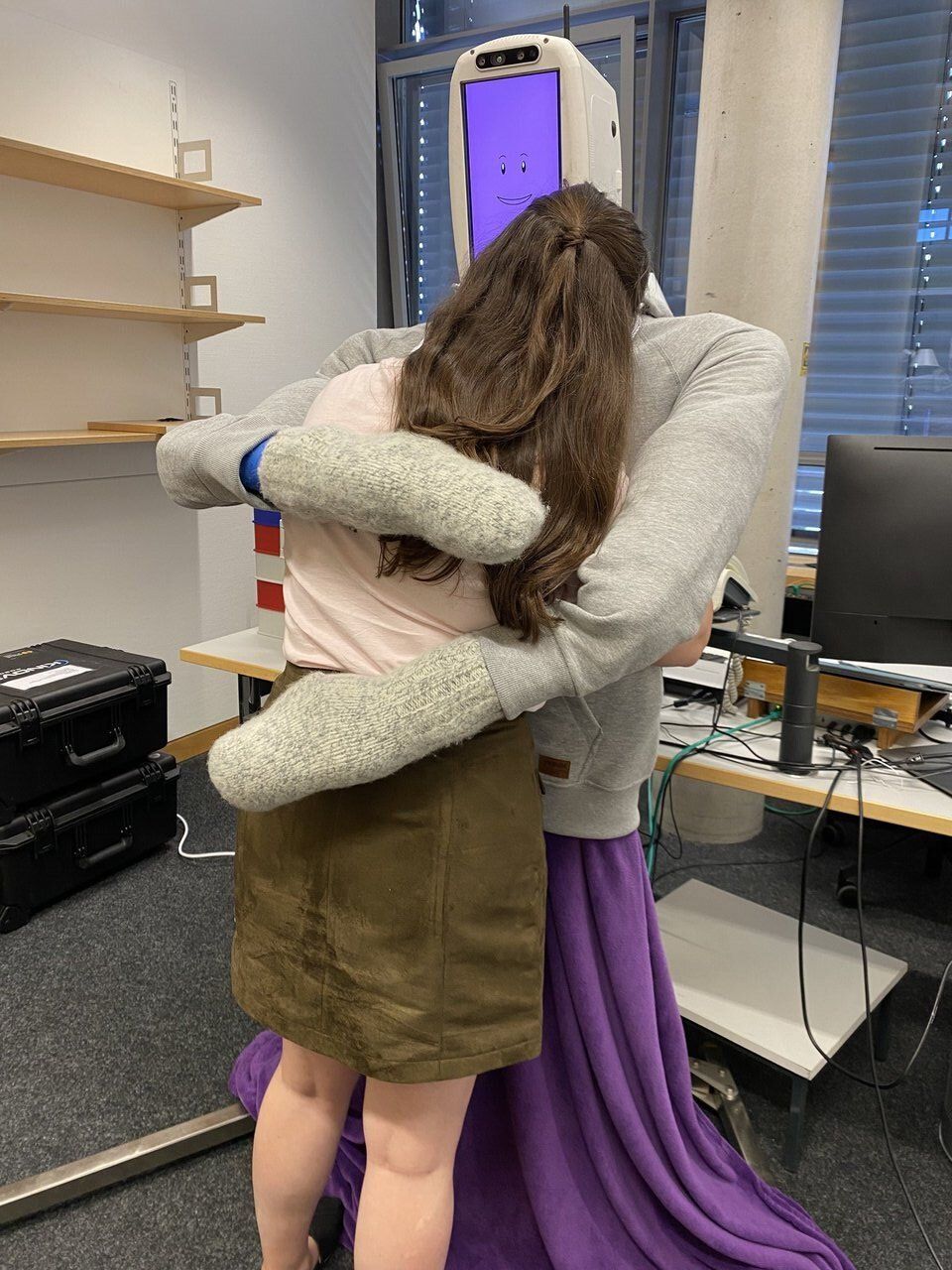
Researchers at the Max Planck Institute for Intelligent Systems (MPI-IS) and ETH Zürich have recently created HuggieBot 2.0, a robot that can hug users at their request. This robot, set to be presented at the ACM/IEEE International Conference on Human-Robot Interaction (HRI) in March, builds on a previous robotic system created by Alexis E. Block, one of the authors, during her Master’s degree.
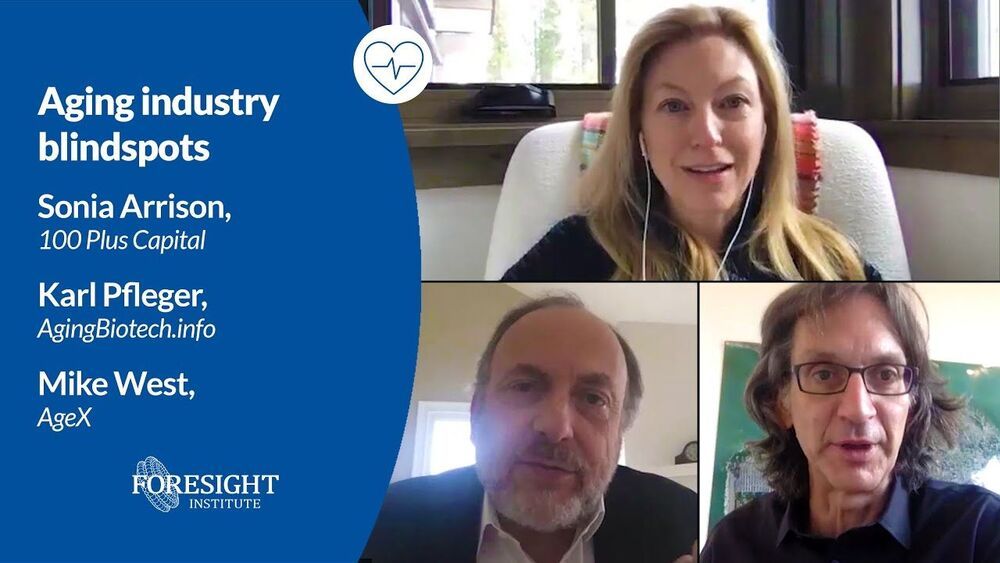
57:03 “A tool that would be used for millenia.”
Foresight biotech & health extension group sponsored by 100 plus capital.
Accelerator applications are open now: https://foresight.org/biotech-health-extension-program.
Industry blindspots: Unincentivized work that could dramatically advance progress on aging.
SONIA ARRISON, 100 Plus Capital.
Sonia Arrison is a best-selling author, analyst, entrepreneur, and investor. She is the founder of 100 Plus Capital, co-founder of Unsugarcoat Media (acquired by Medium), and associate founder and advisor to Singularity University in Mountain View, California. Her research focuses on exponentially growing technologies and their impact on society. Her most recent book, 100 Plus: How the Coming Guests Age of Longevity Will Change Everything, From Careers and Relationships to Family and Faith, addresses the social, economic, and cultural impacts of radical human longevity. It gained national bestseller status and keeps Sonia busy speaking all over the world. Sonia is a Board Member at the Thiel Foundation, Foresight Institute, and Woodland School. She is also a Senior Fellow at the Fraser Institute in Vancouver, British Columbia, and author of two previous books (Western Visions and Digital Dialog). She was previously a Director and Senior Fellow in Tech Studies at the Pacific Research Institute and a columnist at TechNewsWorld.
KARL PFLEGER, Agingbiotech.info.
Karl Pfleger, PhD (Stanford CS, Machine Learning) now focuses on aging & longevity after a successful tech career (mySimon, Google). A long-time donor to the Buck Institute and SENS Foundation, he is also an angel investor who has backed over 15 agingrelated startups. He is the creator of AgingBiotech. info, a free public resource to track the commercialization progress of the aging biotech sector and related information.
MIKE WEST, AgeX
Michael D. West, Ph.D., is the founder and CEO of AgeX Therapeutics, Inc, which is focused on the development and commercialization of novel therapeutics targeting human aging. He received his Ph.D. from Baylor College of Medicine in 1989 concentrating on the biology of cellular ageing. He has focused his academic and business career on the application of developmental biology to agerelated degenerative disease. He was the founder and first CEO of Geron Corporation (Nasdaq: GERN), and from 1992 to 1998, he held various positions, including CEO, Director, and Vice President. From 1998 to 2007, Dr West held positions as CEO, President, and Chief Scientific Officer at Advanced Cell Technology, Inc. (ACT), which was eventually acquired by Astellas Pharma, Inc. From 2007 to 2018, he was CEO/Co-CEO of BioTime, Inc. (NYSE American: BTX).
Zoom Transcription:
https://otter.ai/u/kGO_zgxGxUbbd63_6wfM0x_RQsA